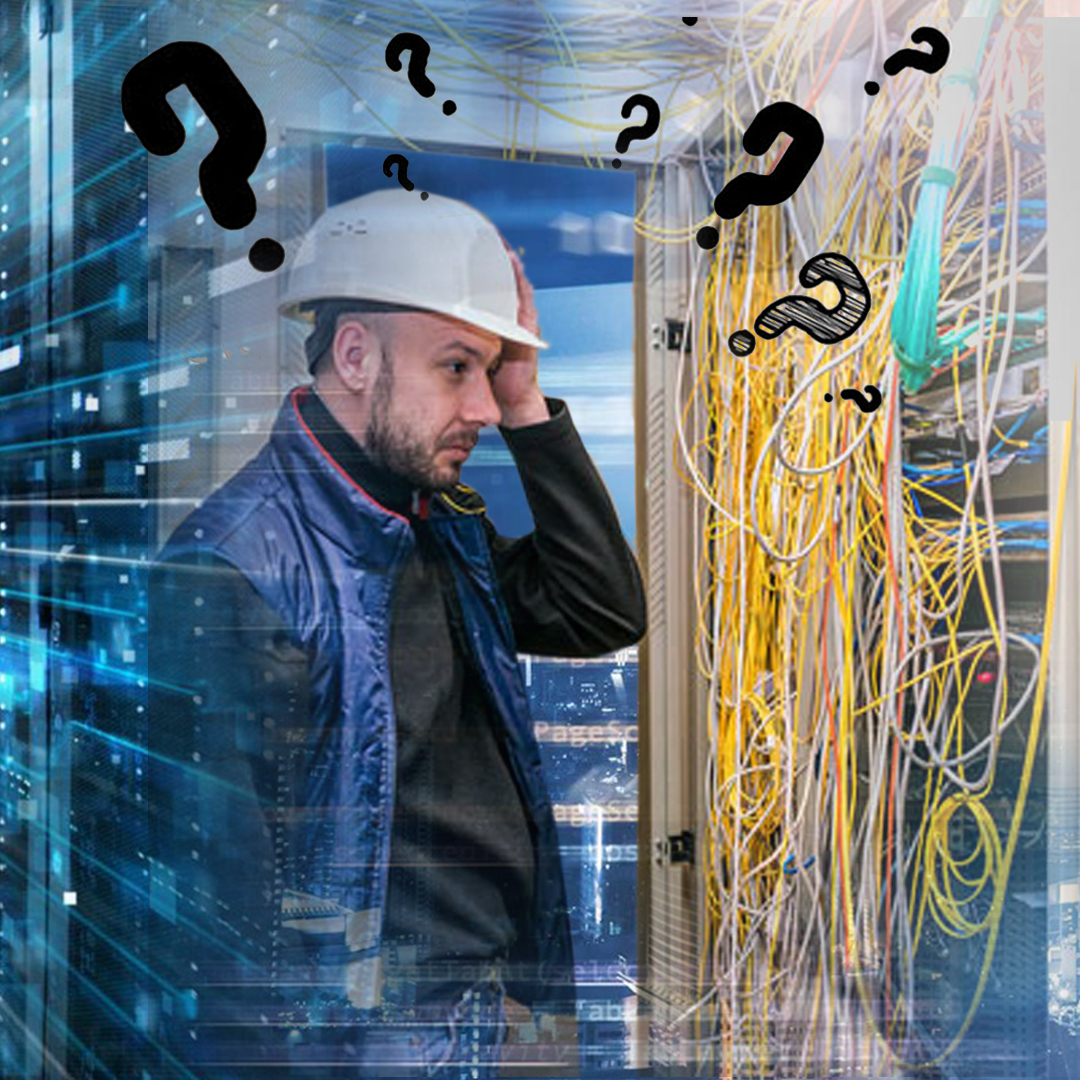Mistakes in Network Cable Installation
Network cable installation is one of those things that appears simple on paper but is difficult to do in practice. Most people disregard the intricacies involved in it, but they are unaware of how much it will cost them in the long run.
You may end up:
- Paying extra fees.
- Wasting time with maintenance tests that would not have been required in the first place had the project been done correctly.
- Experiencing poor network connection and other disasters as well.
No proper testing during network cable installation
First and foremost, you must ensure that engineers are carefully handling wires that must be installed, as well as specs and suitable procedure. When properly installing networking wire, it is critical to avoid this blunder. This includes labeling, organizing, and ensuring that the cables are easily accessible. In the long run, this will necessitate less maintenance.
- Running Wire parallel to electric wire
The twisted nature of networking cable reduces interference and ensures that there is no crosstalk within the cable. If a networking cable is put besides or on top of electric cables, it can interfere with the connection and affect the signal quality. Because networking cables are electromagnetically sensitive, they should be maintained away from electrical wires and air conditioning motors. One suggestion is to cross them perpendicularly rather than parallel.
- Separate cable
Because data cables were always thought to be more expensive, the traditional method was to use two separate cables. Installing a single twisted pair networking cable rather than 2 separate cables is a part of the cable management system and planning process. With the rise of VoIP for business phone services, it is advisable to use one cable rather than two.
Not completing proper testing
It is always a good idea to test a cable after it has been installed to confirm that it is functioning properly and effectively. This entails double checking the cable length and any parameters. When error occurs as a result of a lack of testing, the output of the cabling speed can be problematic and costly to correct in the long run. Few of the most significant mistakes to avoid in a cable installation is not knowing what cables are required, following the speed transmission guidelines, and testing prior to job completion.
- Limited space for removal
Because cables are continually evolving, and IT structures change on regular basis, cables and hardware may require changes. There should be adequate space to remove obsolete cables. When space is restricted, it can create a hazardous and cramped atmosphere that may lead to problems in upgrading outdated cable in future.
For guidance you can contact us on our website or social media accounts( LinkedIn, Facebook).



